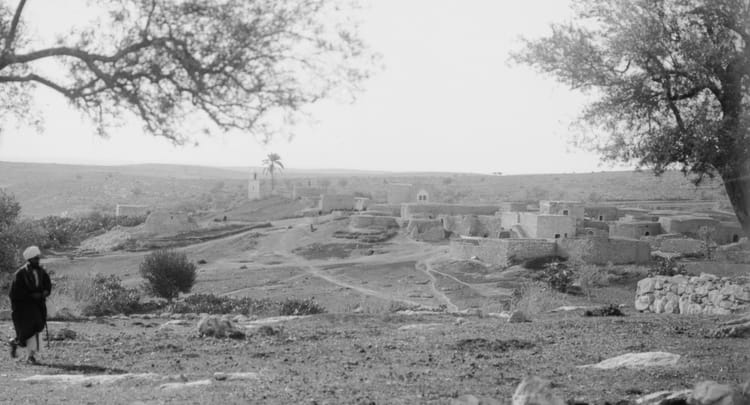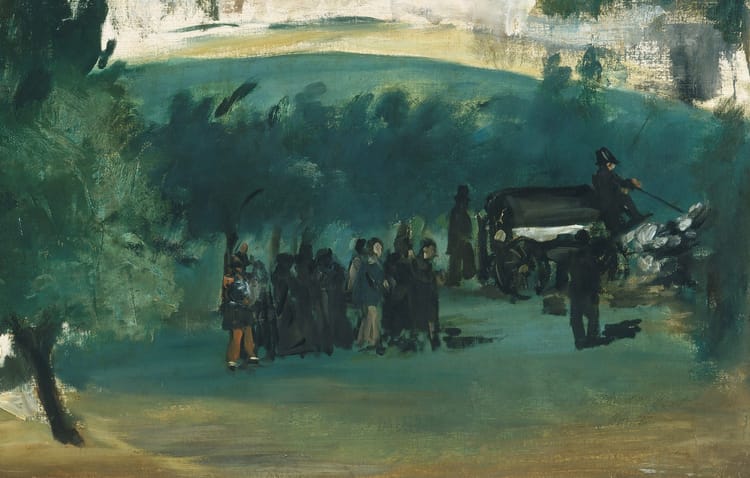Whose Schools?

by Jack Marley-Payne
The power enjoyed by any contemporary institution of higher education rests on the deep and formative history of the university as a place where labor organizes and the ruling class spends its youth.
Formal scholarship in medieval Europe grew from inside the church but then separated out, planting new political roots in secular culture. In late medieval and early modern Europe members of these new education interest groups—Italian students, teachers of France, teachers of England—cohered into formal associations. These groups, termed nations, were based on the model of the professional guilds that were entrenched in urban centers at that time. The nations examined students and conferred over who had or hadn’t earned a baccalaureate.
The Italian student nations often first formed to offer aid and protection against hostile locals to the local fraternities of foreign students. You could call those foreign students outside agitators, as indeed those hostile locals would. But the oldest Italian universities, which are the oldest universities in Europe, were at this time constituted in their entirety by the students and teachers. One could no more consider the university over and above the students than the blacksmith’s guild over and above your individual personal relationship with your neighbor, the blacksmith.
What these early Italian institutions did not own was property. The students' collegia of Bologna, for example, had no university building. Lectures and examinations were given wherever space was available each day and students were left to find accommodation for themselves. Nations were even known to use the threat of relocation to another city to negotiate with authorities for more favorable rents.
It was in England that the university became attached to the idea of confining a university to a fixed and self-contained location. None other than Edward Gibbon observed in the eighteenth century that a “traveller who visits Oxford or Cambridge is surprised and edified by the apparent order and tranquility that prevail in the seats of the English muses,” since among “the most celebrated universities of Holland, Germany, and Italy, the students, who swarm from different countries, are loosely dispersed in private lodgings at the houses of the burghers; they dress according to their fancy and fortune.” Instead, the Oxbridge students “are united in colleges; their maintenance is provided at their own expense, or that of the founders; and the stated hours of the hall and chapel represent the discipline of a regular and, as it were, a religious community.”
The first American colleges, like Harvard and Princeton, based themselves on the English model. Borrowing the word from Latin for field, the American neologism “campus” would be their home. The US excelled in its emphasis on student order to the extent that rich English families would send problem children to the colony for education. Over time, the mission evolved: From the apprenticeship model of training in a discipline to a loftier goal of preparing future great men for leadership. As this happened, American colleges admitted steadily fewer members of the poorer classes.
The US also pioneered the growth of the college president. The leadership of an instructor’s guild in England merely a “first among equals” administrative appointment at the time the first American universities were founded. Samuel Eliot, a historian at Harvard, wrote in 1848 that men “almost exclusively engaged in the instruction and discipline of youth are not, usually, in the best condition to acquire that experience in affairs, and acquaintance with men, which, to say the least, are extremely desirable in the management of the exterior concerns of a large literary institution.” His answer was that Harvard must adapt to the times, when “men engaged in the active business of life are likely to be better judges than the literary man."
As these “exterior concerns” involved more and more resource-intensive research while the state offered no such resources, the presidency became primarily a fundraising position, and those providing the funds obtained progressively more control of the institutions. In America, the university also manifested destiny. The government gave away money to found new colleges in the West as a way to cement outposts in new territory. But where workers consolidated power in the United States in the early twentieth century, the state exploited universities to crush it—an irony, considering the university’s origin in organized labor, observed by Cristine Groeger in her book The Education Trap.
In the factories of early industrialized America, Groeger notes, guildsmen controlled entry to their trades by hoarding specialized knowledge and apprenticeships. Then, technical colleges like MIT introduced technical degrees with the express purpose of cleaving expert knowledge from manual labor. These degrees allowed managers to be air-dropped into the manufacturing business straight from college while the factory work was stripped of its expertise, turning guild workers into replaceable laborers. This was not an organic evolution towards efficiency but an intentional collaboration between university administrators and owners of capital to undermine worker power.
US colleges have since continued to transform into a tool for shaping the flow of power. Their stakeholders decide who is admitted, ensure they graduate to appropriate positions in society, and try their best to determine what experiences they have while there. Harvard in the early twentieth century, for example, found that it was unable explicitly to restrict admission to white protestants and so introduced “character and fitness” criteria when assessing applications.
The placement office, meanwhile, ensured that Harvard graduates were assigned careers appropriate to their station. Groeger sifts through hundreds of notes by placement officers. One in 1917 praised a student found to be “good-natured, cheerful, and does not betray too forcibly in his appearance that he is of Levantine origin.” Another realizes “that it is difficult to imagine a native of India being particularly successful in working with New Englanders” in 1919 but reassures his reader that that the man in question is extremely attractive. “Although Bernstone is Jewish,” begins another Harvard placement officer’s recommendation in 1904, “he is one of the most popular men in the department.”
Today, it feels axiomatic that university administration rather than students and faculty determine which applicants to admit and what advantages graduates receive, but if medieval scholasticism teaches us anything, it’s that axioms can change. Property is not study. The American university is not a guide to the possible or to the past.
Further Reading
Christopher J. Lucas (2016). American higher education: A history. Springer.




Comments ()